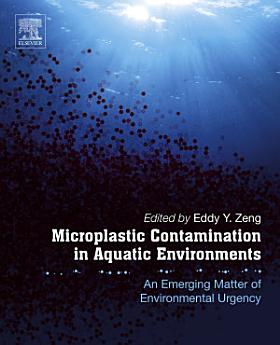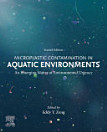Microplastic Contamination in Aquatic Environments: An Emerging Matter of Environmental Urgency
এই ইবুকখনৰ বিষয়ে
লিখকৰ বিষয়ে
Dr. Eddy Y. Zeng is a Full Professor and Dean of the School of Environment, Jinan University, China. He received his Ph.D. degree from the University of Southern California in 1992. He was employed by the Southern California Coastal Water Research Project first as Senior Scientist and then Principal Scientist for a number of years, before returning to China in 2004. His research interests include 1) intercompartmental processes and fluxes of persistent organic pollutants (POPs); 2) human exposure to persistent toxic substances and risk assessment; 3) occurrence and toxic effects of microplastics/plastics in terrestrial and aquatic environments; and 4) the utility of using passive sampler to measure freely dissolved concentrations of POPs in the aquatic environment. He is currently the Editor-in-Chief of Environmental Pollution and Associate Editor of Environmental Toxicology and Chemistry. He also served as guest editors on numerous journals.





